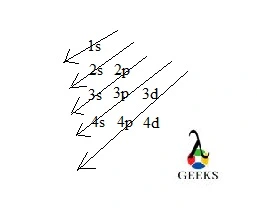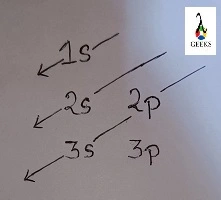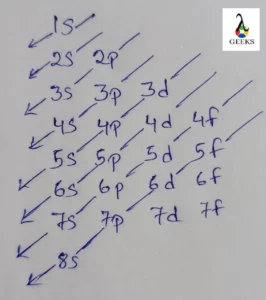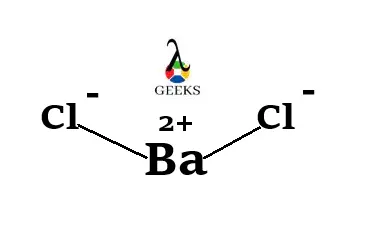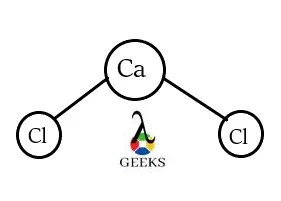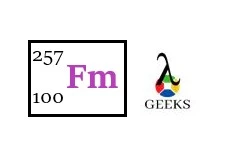15 Facts on HCl + Na2SiO3: What, How to Balance & FAQs
HCl + Na2SiO3 is a representation of chemical reaction happens between HCl and Na2SiO3. The facts about the compound are shortly described below. HCl (Hydrochloric acid) is a strong acid which actively reacts with any base. Na2SiO3 (Sodium metasilicate/Sodium silicate) is called water glass. The compound is a water soluble solid with transparent glass like … Read more
